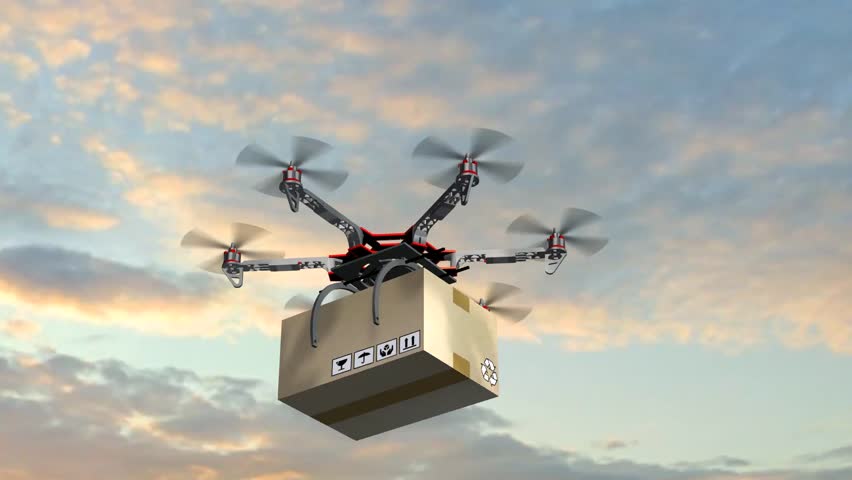Delivering the Future: Latest Advances in Autonomous Delivery Technologies
Explore the latest advancements in autonomous delivery technology and how they’re revolutionizing logistics for faster, more efficient, and cost-effective deliveries.
Automated delivery technology is transforming the logistics industry, making it faster, more efficient, and more cost-effective. This article explores the latest developments in autonomous delivery technology, including drones, autonomous vehicles, and robotics, and how companies like Amazon, FedEx, and UPS are using it to change the way we get our products and services. We’ll take a look at recent research and articles that demonstrate the benefits of this technology and what we can expect to see in the future.
Issue
The logistics industry has always focused on speed and efficiency, and self-service technology helps take these goals to the next level from drones to robots and companies like Amazon, FedEx, and UPS are developing and implementing this technology to make deliveries faster, more efficient, more It is also cost-effective
Drone use
Drones have been around for a few years now, but recent advances in technology have made them more efficient and capable of carrying more weight. Amazon leads the way when it comes to drone delivery, planning to use it to deliver packages in less than 30 minutes. Other companies like UPS and FedEx are also experimenting with drone delivery systems.
Recent research has shown that drone delivery can be up to 80% cheaper than conventional delivery methods and can significantly reduce delivery times. However, there are still some challenges to overcome, such as regulatory issues and security issues.
Autonomous delivery vehicle
Autonomous vehicles are also being delivered. Companies like Waymo, Uber, and Tesla are all working on delivering self-driving cars. These vehicles are equipped with sensors, cameras, and other technologies that allow them to navigate safely and efficiently.
Recent research has shown that autonomous vehicles can reduce delivery times by up to 40%, significantly reducing the number of accidents on the road. However, there are still some challenges to overcome, such as regulatory issues and the need for infrastructure to support these vehicles.
Working with robots
Delivery robots are another focus for companies like Amazon and FedEx. These robots are designed to walk along sidewalks and other pedestrian surfaces to deliver packages. They are equipped with sensors and cameras that allow them to avoid obstacles and communicate safely with people.
Recent research has shown that delivery robots can reduce delivery times by up to 70% and dramatically reduce last-mile delivery costs. But there are still some challenges to overcome, such as the need to develop infrastructure to support these robots and the need to ensure they can operate safely in crowded urban environments for
AI and machine learning
Advances in AI and machine learning are also driving autonomous technology delivery. This technology allows drones, autonomous vehicles, and robots to make autonomous decisions, based on the information they gather from their surroundings.
Recent research has shown that AI and machine learning can dramatically improve the distribution system, reducing delivery time and costs. But there are still challenges to overcome, such as the need to train these systems with more data and the need to ensure they can operate safely and ethically
Conclusion: –
Self-delivery technology is rapidly evolving, and we may see more companies adopting these systems soon. From drones to robots, this technology could revolutionize the way we receive packages and goods. But there are still some challenges to overcome, such as regulatory issues, security concerns, and the need for infrastructure to support these systems as the logistics industry continues to develop, it will be interesting to see how this technology evolves and how it shapes future offerings.



